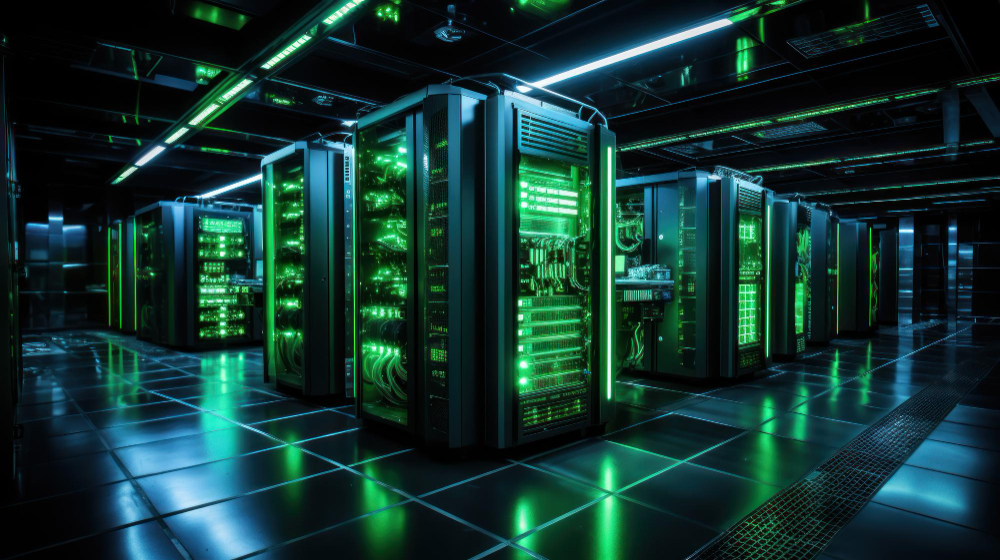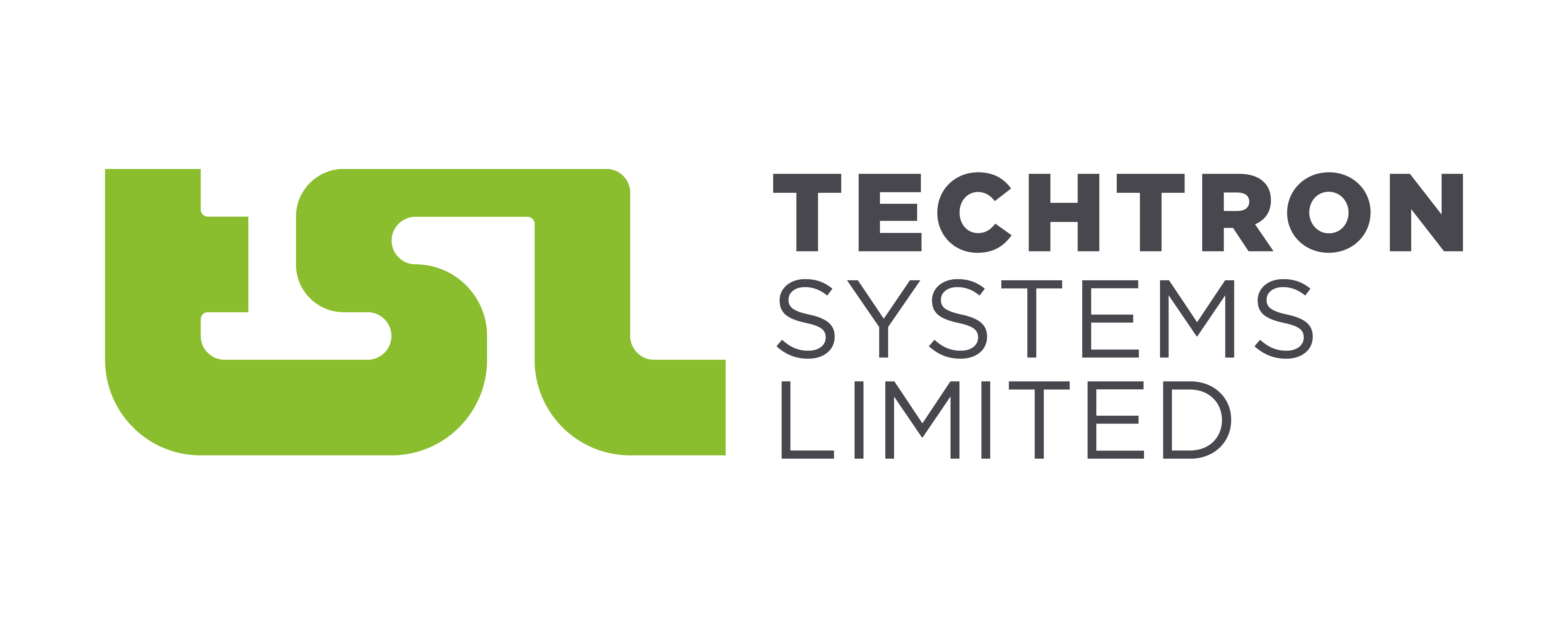In today’s digital-driven world, data centers have evolved from being mere storage facilities to the backbone of business operations. With the increasing reliance on cloud services, AI workloads, and big data analytics, organizations are facing the challenge of building data centers that are not only efficient but also scalable to accommodate future growth. Whether you’re planning a new facility or looking to optimize an existing one, it’s crucial to strike the right balance between performance, scalability, energy efficiency, and cost-effectiveness. But how do you get started? What are the critical considerations that can make or break your data center strategy?
Understanding Business Needs Before Technology
Before diving into the technical aspects of a data center, it’s important to step back and evaluate the business needs driving the infrastructure. What are your organization’s current and future IT demands? Are you looking to support rapid growth, enhance redundancy, or meet stringent compliance requirements? Answering these questions helps in determining whether an on-premises, colocation, or cloud-hybrid approach is the right fit.
Scalability is a key concern—organizations must design their data centers with flexibility in mind, ensuring they can adapt to fluctuating workloads and the introduction of new technologies. Equally important is compliance, especially in industries dealing with sensitive information such as healthcare and finance, where regulatory standards like GDPR, HIPAA, and PCI-DSS play a significant role in shaping data center decisions.
Choosing the Right Location and Infrastructure
The foundation of a successful data center lies in its location and physical infrastructure. Site selection should be guided by several factors, including proximity to end users, availability of reliable power sources, and natural disaster risks. A data center located in an area prone to floods or earthquakes could be a major liability, while a facility positioned near major network hubs can offer lower latency and improved connectivity.
Once the location is finalized, attention shifts to infrastructure. Modern data centers are no longer just about stacking racks and servers—they require sophisticated power management and cooling systems to ensure efficiency and reliability. Designing for redundancy is crucial; implementing N+1 or 2N redundancy models for power and cooling systems ensures that operations continue uninterrupted even in the event of component failure.
Designing for Efficiency and Scalability
An effective data center design is one that not only meets today’s needs but can seamlessly scale to accommodate future demands. Modular design has emerged as a best practice in this regard. By implementing modular infrastructure—whether it’s power distribution, cooling, or server capacity—organizations can expand incrementally, reducing upfront capital investment and optimizing resource utilization.
Energy efficiency should also be a core design consideration. Data centers consume a significant amount of power, and improving energy efficiency can lead to substantial cost savings. Techniques such as hot/cold aisle containment, liquid cooling systems, and AI-driven power management solutions can help in achieving better energy utilization. Measuring Power Usage Effectiveness (PUE) provides insights into how efficiently power is being used and helps in identifying areas for improvement.
Building a Resilient Network Architecture
The success of any data center hinges on its networking capabilities. A well-designed network ensures seamless communication between systems, minimizes downtime, and enhances overall performance. Building a multi-tier network architecture—comprising core, aggregation, and access layers—allows for efficient traffic management and ensures scalability.
Reliability in network design is crucial. Leveraging redundant connectivity options, implementing failover mechanisms, and adopting software-defined networking (SDN) can help create a more agile and resilient infrastructure. Security is equally important—data centers must implement robust network security measures, including segmentation, firewalls, and intrusion prevention systems, to guard against cyber threats.
Storage and Compute Optimization Strategies
As organizations generate and store ever-increasing volumes of data, having an optimized storage and compute strategy is paramount. Choosing the right mix of storage solutions—whether it’s traditional storage arrays, hyper-converged infrastructure, or cloud-integrated storage—can significantly impact performance and costs.
Compute resources must be carefully planned to match workload requirements. Virtualization and containerization offer a means to maximize resource utilization while maintaining flexibility. Investing in automation tools to dynamically allocate compute resources based on demand can further optimize operations, ensuring that no resources are wasted.
Security and Compliance: The Non-Negotiables
In an age where cyber threats are growing in sophistication, data center security cannot be an afterthought. A comprehensive security approach involves both physical and digital safeguards. On the physical side, measures such as biometric access controls, surveillance systems, and perimeter fencing help prevent unauthorized access to critical infrastructure.
From a digital perspective, implementing a zero-trust security model, encrypting data at rest and in transit, and continuously monitoring for threats using AI-powered analytics can help mitigate risks. Compliance with industry standards is equally vital, as failure to meet regulatory requirements can lead to heavy penalties and loss of customer trust.
Embracing Automation and Monitoring for Efficiency
To ensure long-term efficiency and operational excellence, data center management must embrace automation. Tools like Data Center Infrastructure Management (DCIM) platforms provide real-time insights into power usage, temperature, and overall health of the infrastructure. Automation solutions can streamline repetitive tasks such as capacity planning, incident response, and load balancing, freeing up IT teams to focus on strategic initiatives.
Proactive monitoring plays a critical role in preventing potential failures. Predictive analytics and AI-driven maintenance strategies can identify early warning signs of hardware degradation, allowing for timely intervention and reducing the risk of unplanned downtime.
Managing Costs While Ensuring Performance
Cost efficiency is a major consideration when building and operating data centers. Striking the right balance between performance and cost requires careful planning. Organizations should evaluate the total cost of ownership (TCO), factoring in not just initial capital expenditure but also ongoing operational costs, such as energy consumption, maintenance, and staffing.
Exploring alternative approaches like cloud bursting—where excess workloads are offloaded to the cloud during peak times—can help in optimizing costs while ensuring consistent performance. Additionally, reviewing contracts with vendors and negotiating better terms for power and connectivity services can further contribute to cost savings.
Looking to the Future: Sustainability and Emerging Trends
Sustainability is no longer optional—it’s a necessity. Organizations are increasingly adopting green data center practices to reduce their environmental impact. From utilizing renewable energy sources to implementing advanced cooling technologies that minimize water consumption, sustainability initiatives can also lead to operational efficiencies.
The future of data centers is being shaped by emerging technologies such as artificial intelligence, edge computing, and 5G. Businesses must stay agile and adopt flexible infrastructure that can support the demands of these technologies, ensuring long-term competitiveness and agility.
Conclusion: A Strategic Approach to Data Center Success
Building a scalable and efficient data center requires a strategic approach that aligns with business goals, technological advancements, and operational realities. Whether you are building from scratch or optimizing an existing facility, focusing on scalability, energy efficiency, security, and automation will ensure that your data center remains a valuable asset that supports business growth.
Are you ready to future-proof your data center? Start by conducting a comprehensive assessment of your current infrastructure and explore the right solutions to meet your long-term goals.


